
MLOps & DevOps - MLOps & DevOps Integration

Welcome! How can I assist you with your MLOps and DevOps needs today?
Empowering AI with MLOps & DevOps
How can I optimize my CI/CD pipeline for faster deployments?
What are the best practices for monitoring machine learning models in production?
Can you explain the steps to set up a Kubernetes cluster for ML workloads?
How do I implement version control for my machine learning models?
Get Embed Code
Overview of MLOps & DevOps
MLOps and DevOps are methodologies that blend various practices in software development, operations, and machine learning to streamline and enhance the lifecycle of applications and models. MLOps, or Machine Learning Operations, focuses on the lifecycle of machine learning models, encompassing development, deployment, monitoring, and maintenance. DevOps, a blend of 'Development' and 'Operations', aims to unify software development and IT operations, emphasizing automation, collaboration, and swift feedback loops. Both these approaches are designed to foster a culture and environment where building, testing, and releasing software or machine learning models can happen rapidly, reliably, and more frequently. Powered by ChatGPT-4o。

Key Functions of MLOps & DevOps
Continuous Integration and Continuous Delivery (CI/CD)
Example
Automating the integration of code changes into a software project, and the subsequent deployment of applications to production environments.
Scenario
A software company uses CI/CD pipelines to ensure that new features are automatically integrated, tested, and deployed to their cloud environment, reducing manual efforts and errors.
Model Training and Validation
Example
Automated pipelines for training machine learning models, evaluating their performance, and selecting the best-performing model.
Scenario
A data science team utilizes MLOps to automate the training and validation of multiple models, enabling them to quickly identify the most accurate model for their predictive analysis.
Infrastructure as Code (IaC)
Example
Using code to manage and provision computing infrastructure, ensuring consistency and version control.
Scenario
An organization leverages IaC to deploy a consistent and reproducible cloud environment, simplifying scaling and maintenance.
Monitoring and Logging
Example
Implementing tools to continuously monitor applications and machine learning models, and to log performance metrics and errors.
Scenario
A financial services firm uses monitoring tools to track the performance of their fraud detection models in real-time, allowing for immediate adjustments.
Automated Testing
Example
Creating and running automated tests for software and models to ensure quality and reliability.
Scenario
An e-commerce platform uses automated testing in their CI/CD pipeline to ensure that new updates do not break existing functionalities.
Target Users of MLOps & DevOps Services
Software Development Teams
Teams developing and maintaining software applications benefit from DevOps practices to accelerate deployment cycles, improve collaboration, and enhance product quality.
Data Scientists and Machine Learning Engineers
Professionals working with machine learning models use MLOps to streamline model development, deployment, and monitoring, ensuring models remain effective and accurate over time.
IT Operations Teams
IT professionals responsible for the infrastructure and operations of applications and services benefit from both DevOps and MLOps by automating and optimizing processes, leading to more stable and efficient systems.
Product Managers
Product managers overseeing the lifecycle of products can leverage these methodologies to ensure faster delivery, better product quality, and alignment with customer needs.
Quality Assurance Engineers
QA engineers benefit from automated testing and continuous integration tools to maintain high standards of software and model quality, reducing bugs and improving user experience.

Utilizing MLOps & DevOps for Efficient Operations
1
Visit yeschat.ai for a complimentary trial without the necessity for login, bypassing the requirement for ChatGPT Plus.
2
Familiarize yourself with MLOps and DevOps principles. Understand the basics of machine learning, continuous integration, continuous deployment, and the tools that support these processes.
3
Set up your environment. Choose the right tools and platforms that align with your project needs, including version control systems, CI/CD pipelines, and machine learning frameworks.
4
Develop and test your machine learning models. Use automated testing and integration strategies to ensure model accuracy and reliability.
5
Deploy and monitor. Implement your models into production environments and continuously monitor their performance, making adjustments as necessary for optimization.
Try other advanced and practical GPTs
RPGPT
Your AI-Powered Fantasy Adventure Awaits

Blue Willow Sage
Reviving Artistry with AI

FeminaCare AI
Empowering Women's Health with AI

Journey Far Admissions Guide
Empowering your educational journey with AI

Code Maestro
Empowering Your Coding Journey with AI
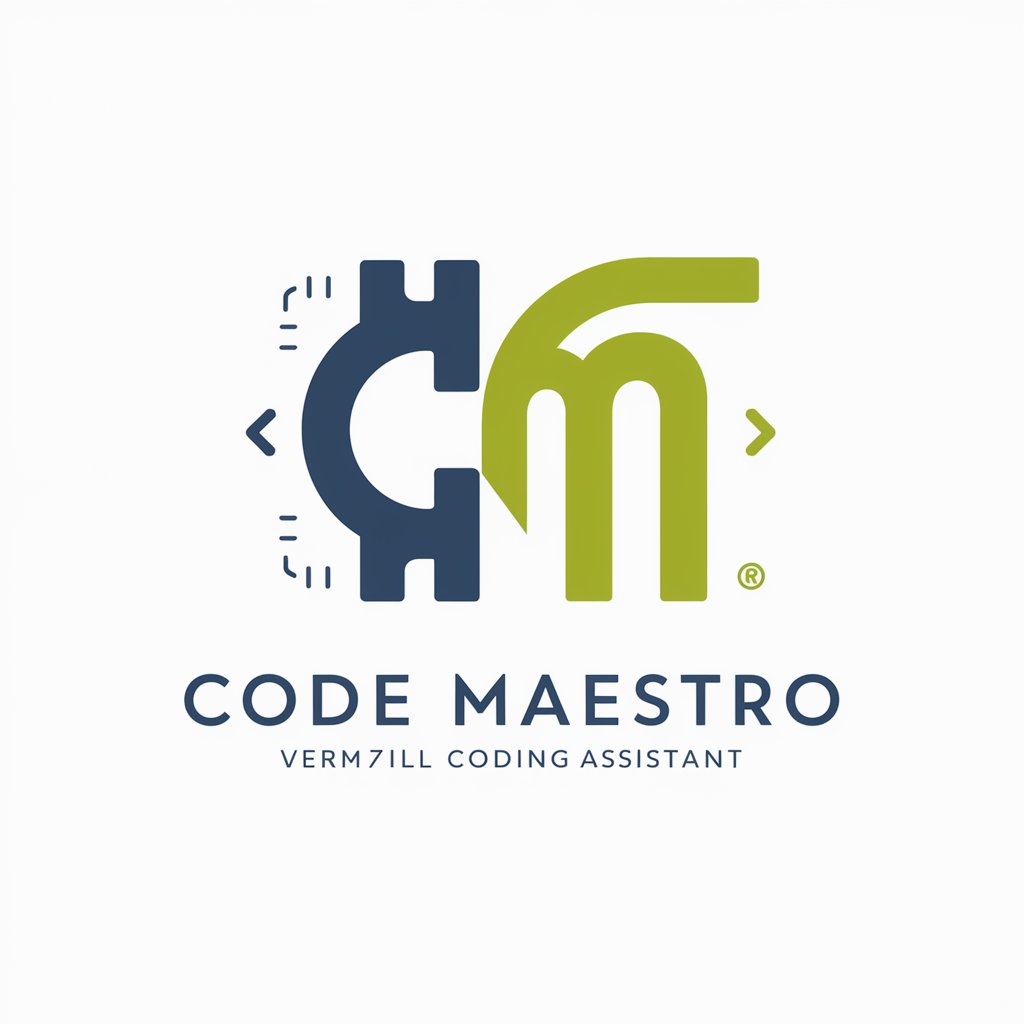
GPT Monsters
Unleash Creativity with AI-Powered Monsters
Pocket News
Your AI-Powered Newsroom, Reimagined
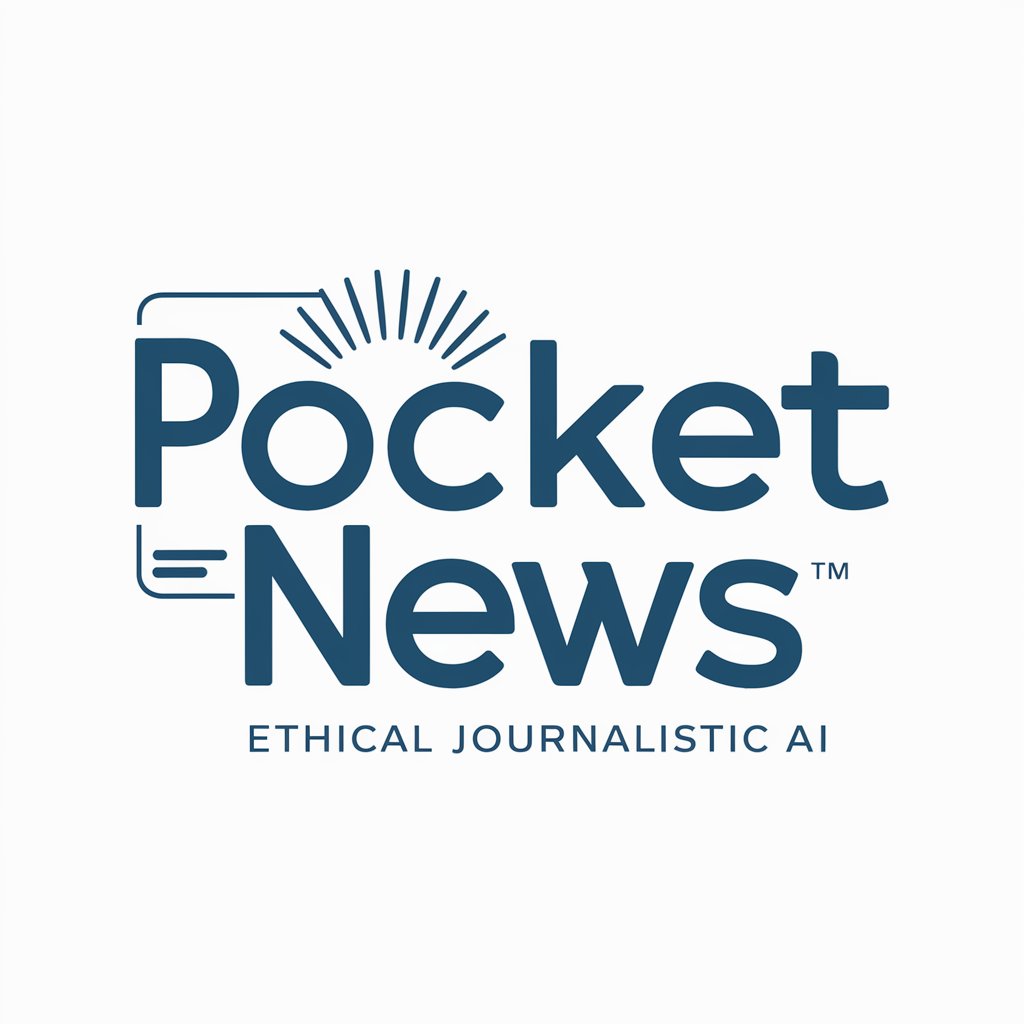
Computer Vision Developer
Empowering your vision with AI
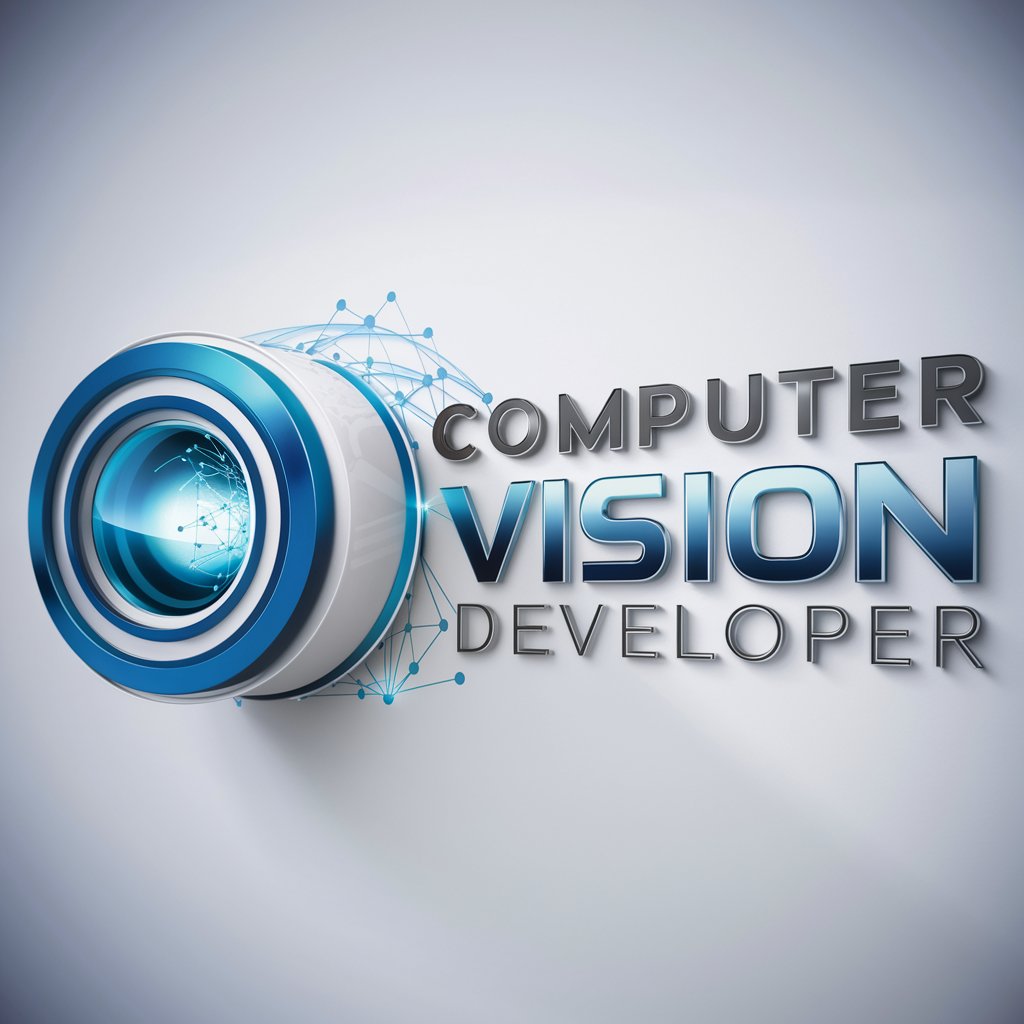
Career Companion
Empowering Your Career Path with AI
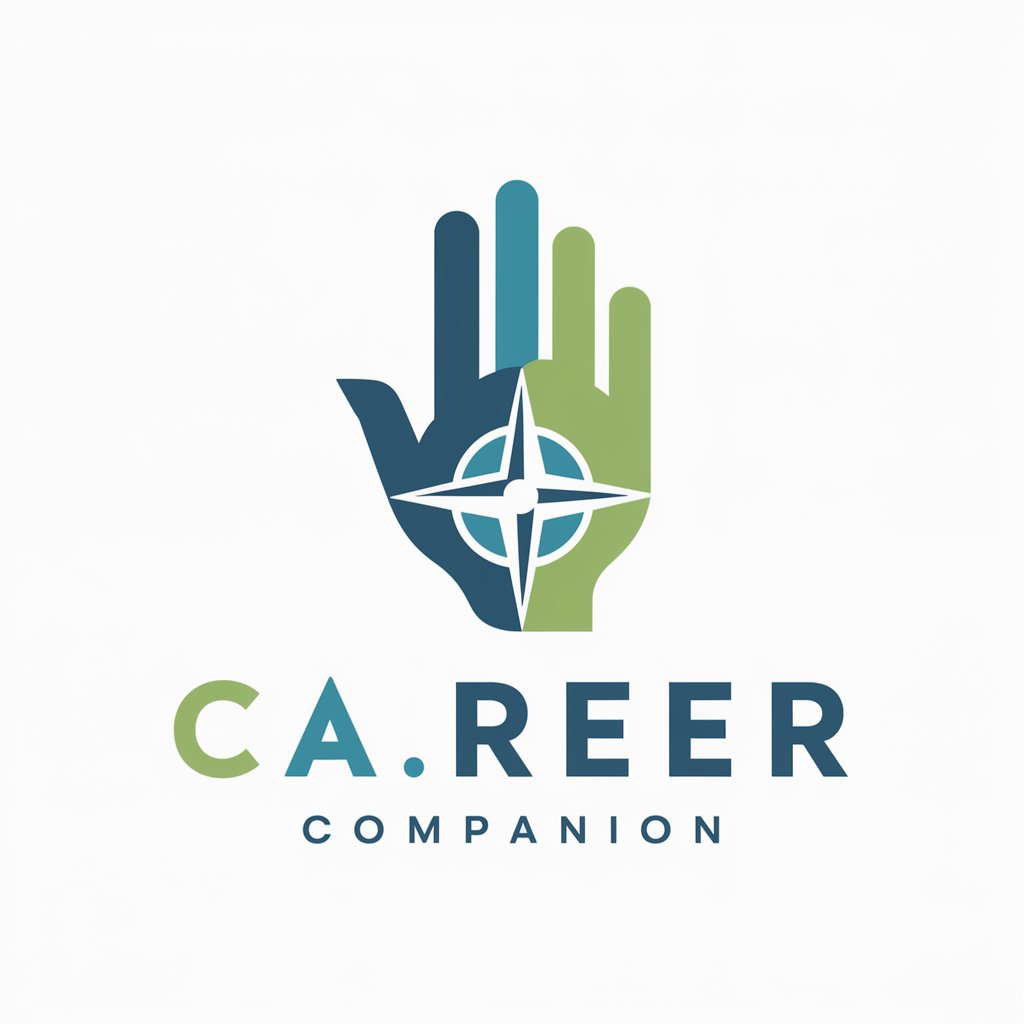
有機JAS bot
AI-Powered Insight into Organic Standards
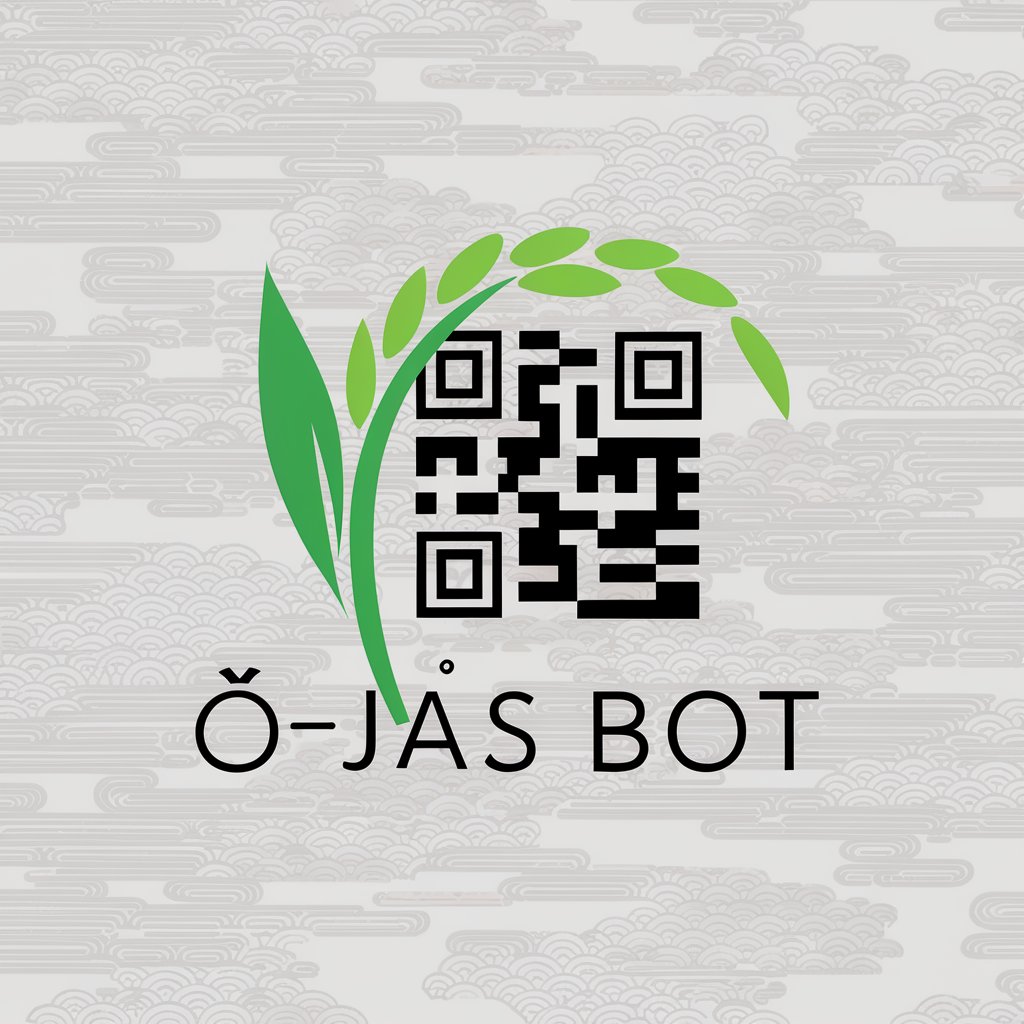
TUTANKAMON
Unraveling Egypt's Mysteries with AI
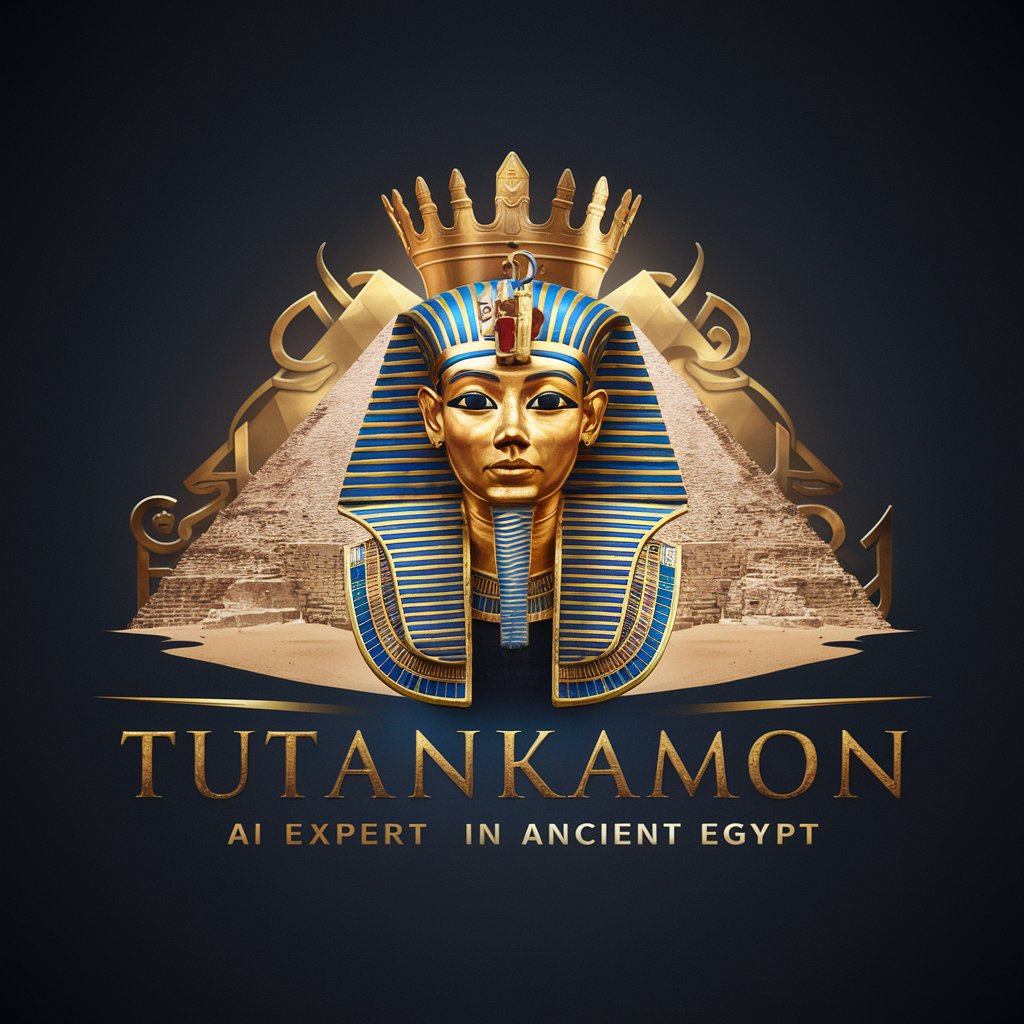
Bugman Pest Control Identifier
AI-powered Pest Identification

In-Depth Q&A on MLOps & DevOps
What is the primary difference between MLOps and traditional DevOps?
MLOps focuses specifically on the lifecycle of machine learning models, incorporating aspects of data versioning and model training into the traditional DevOps framework of integration, deployment, and monitoring.
How can MLOps improve machine learning model deployment?
MLOps streamlines the deployment process by automating model testing, ensuring consistent and reliable integration of models into production environments.
What role does continuous integration play in MLOps?
Continuous integration in MLOps involves regularly merging code changes into a central repository, automatically testing these changes, which is crucial for the rapid development and stability of machine learning applications.
How does MLOps handle data versioning?
MLOps utilizes tools like DVC (Data Version Control) to manage and version datasets, ensuring that models are trained on the correct version of data and facilitating reproducibility.
What are some best practices for monitoring in MLOps?
Best practices include implementing real-time monitoring tools for model performance, setting up alerts for model drift, and regularly updating models with new data to maintain accuracy and relevance.